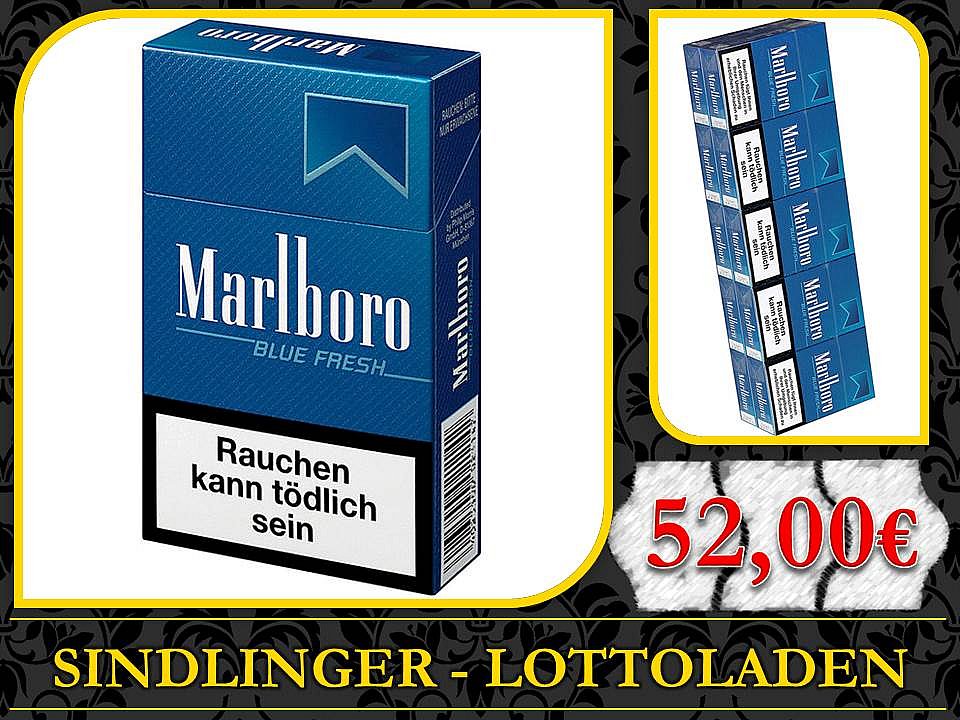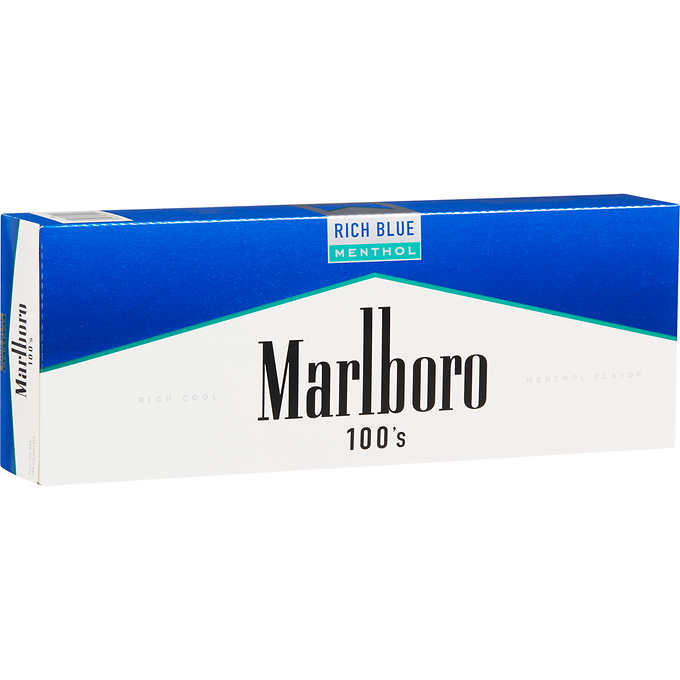
The pack design was changed the dark red was replaced with a lighter red, the "Marlboro" and Philip Morris logo became ribbed and transparent, and around 2017 a special "Smart SEAL" was introduced to keep the stored cigarettes fresh for a longer period of time. In 2013, Philip Morris International introduced "Marlboro 2.0". īritish Marlboro cigarette pack with a government health warning In 1972, Marlboro became the best-selling brand of tobacco in the world.

MARLBORO BLUE FULL
Although color-coded with gold, they were full flavor cigarettes, not lights. In the late 1960s, Marlboro "Longhorn 100's" were introduced. Some experts have called the product that Marlboro sold "crack tobacco."
MARLBORO BLUE CRACK
Marlboro kept this process secret for many years, as freebasing is the same process used to produce crack cocaine from normal cocaine.
MARLBORO BLUE FREE
Further usage of diammonium phosphate allowed Marlboro to free base the nicotine in tobacco, allowing for more efficient delivery. Part of Marlboro's rise in market share was its ability to produce "milder, more aromatic, sweeter, and less harsh" cigarettes by adding ammonia to the tobacco. Men at the time indicated that while they would consider switching to a filtered cigarette, they were concerned about being seen smoking a cigarette marketed to women. At the time, filtered cigarettes were considered safer than unfiltered cigarettes, but had been until that time only marketed to women. After the war, Camel, Lucky Strike and Chesterfield were the only common cigarettes.Īfter scientists published a major study linking smoking to lung cancer in the 1950s, Philip Morris repositioned Marlboro as a men's cigarette in order to fit a market niche of men who were concerned about lung cancer. Shortly before World War II, the brand's sales stagnated at less than 1% of tobacco sales in the US and was briefly withdrawn from the market. However, as early as 1885, a brand called "Marlborough" was already being marketed as a "ladies' favorite" by Philip Morris & Co. To this end, the filter had a printed red band around it to hide lipstick stains, calling it "Beauty Tips to Keep the Paper from Your Lips".

Advertising for the cigarette was primarily based on how ladylike the filter cigarette was, in an attempt to appeal to the mass market. Īround the 1930s, it was starting to be advertised as a women's cigarette, based on the slogan "Mild As May".

They were first marketed as "America's luxury cigarette" and were mainly sold in hotels and resorts. The mark "Marlboro" was registered in the United States in 1908 although no cigarette was marketed under this name until 1923. Philip Morris opened a New York subsidiary in 1902 to sell many of its cigarette brands. After his death from cancer in 1873, his brother Leopold and widow Margaret continued the business, growing it and opening a factory on Great Marlborough Street, London, from which the name was taken. In 1846, British tobacconist Phillip Morris opened a shop on Bond Street, London, UK, selling tobacco and rolled cigarettes. A cigarette and a pack of Marlboro Silver Pack (previously called Ultra Lights until the " light" name was banned as deceitful)


 0 kommentar(er)
0 kommentar(er)
